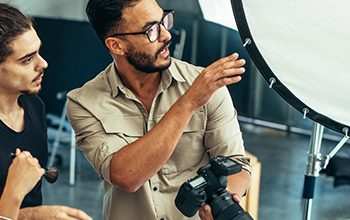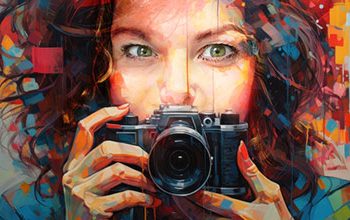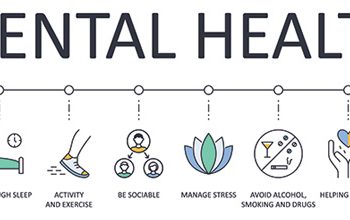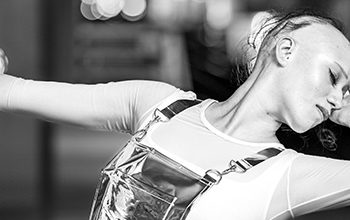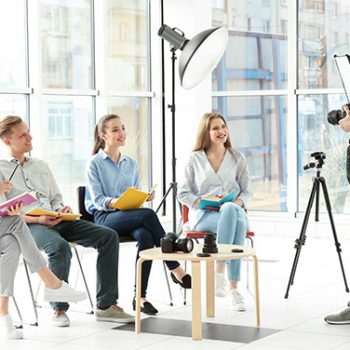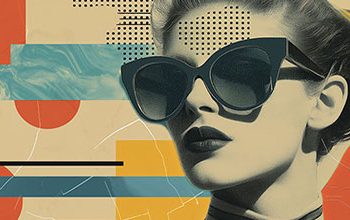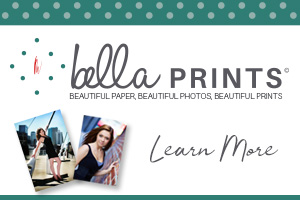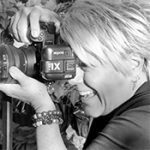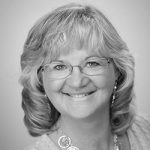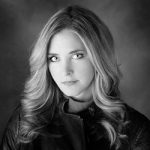When I first learned photography 6 years ago, I took as many classes as possible. I sought out experts and tried to learn everything from lighting, editing, marketing, and posing.
I remember being taught how to pose a female. The goal of female posing was to strive to shape her body into an ‘S’ curve as a way to achieve a more ‘feminine’ body contour. The ‘S’ curve emphasizes and minimizes her curves to give an hourglass shape.
I was taught men are posed to take up space, strong and solid. Men are posed most often on forward-facing cameras, were as females are posed side to the camera to minimize their shape. I remember hearing, “You want to pose a male to exude strength and confidence.”
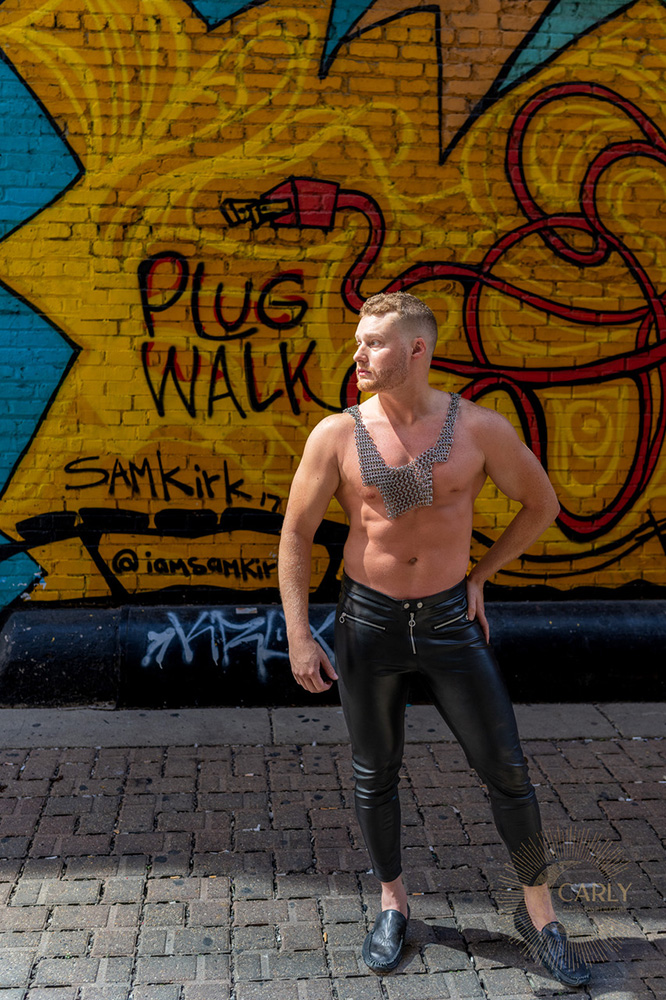
The predominant teaching of photography posing is based on a heterosexual point of view. Heteronormativity is a set of assumptions and expectations about the world that privileges heterosexuality as the norm; most people and photographers are not free from this. This means that poses are often designed and taught for male and female gender roles without thinking about what it would look like if you flipped them around.
The result is that many of the traditional posing techniques are inherently gender biased, which can lead to a lack of diversity in your portfolio or on social media.
We do not need to completely tear down pink and blue posing prompts, but rather recognize that there are many ways to pose all our models. A good way to start is to think about how you can create images that are not based on traditional gender roles. For example, have women stand with their arms crossed in front of them and have men place one hand on their hips while they look off into the distance.
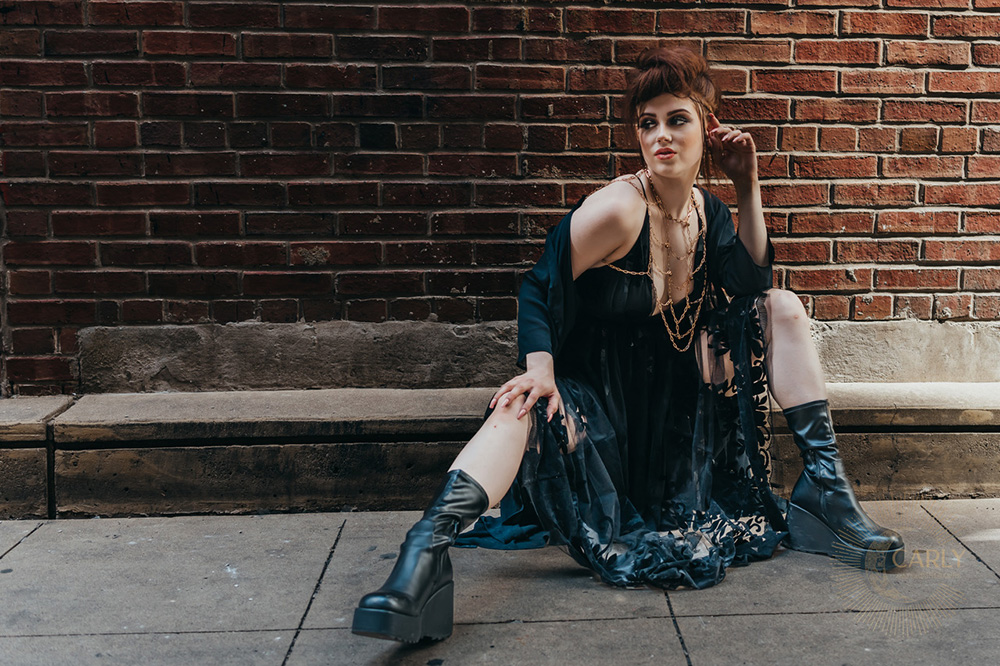
In addition, photographers must recognize there are more genders than ‘women’ or ‘men’ to choose from traditional posing guidelines. Gender is an internal, innate, and essential facet of our and our client’s identities. Most photographers fall into a binary gender category (male or female). Our clients could be binary, while others may be somewhere in between, nonbinary, or do not feel connected to either gender, agender. Some clients’ identities do not match their sex assigned at birth and they are transgender.
Using traditional binary posing from the past can reinforce harmful stereotypes and discriminate against those who identify outside of the gender binary.
Our posing must reflect the range of gender identities, and gender-neutral poses are a way to remove the conventional assumptions of posing our clients and allow them to feel natural in front of your lens.
Today’s world is increasingly diverse, and we, as photographers, should try to portray that diversity in our work. People deserve to see themselves represented by the powerful images we create. Forcing a person to be one way or another, based on old teachings, can pigeonhole them into an image that may not truly reflect their personality or nature.
Add gender-neutral posing to your photography posing library to help you create more natural-looking images and expand your profile.
- The first step is recognizing our biases and our comfort or discomfort around gender and taking inventory of how we perceive and photograph all people.
- Experiment with different poses that aren’t gender-specific. Remember that traditional ways of posing can often still be used, but use them as more of an accent than the main focus of your photo session.
- Ask yourself, are you capturing our client’s authentic movements and poses, or are you positioning them based on teachings and old societal norms and constraints?
Posing is an important facet of photographing the clients who hire us. Our posing can perpetuate old posing basis or evolve begin to evolve as individuals and as societal photographers, creating more inclusive posing.
It is important to remember that we influence the photographs we create and share and the experiences of those in front of our camera. As we progress as a culture, being more inclusive and sensitive to gender identity, so must photographers progress in their thoughts about posing.
Resources:
https://aeon.co/essays/the-idea-that-gender-is-a-spectrum-is-a-new-gender-prison
https://www.wikihow.com/Pose-Like-a-Male-Model


